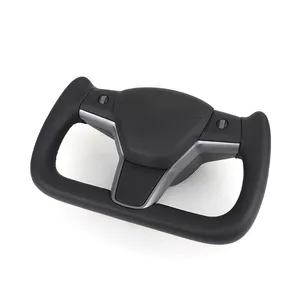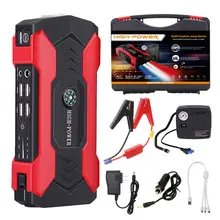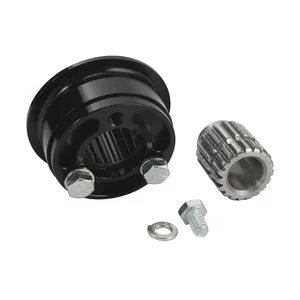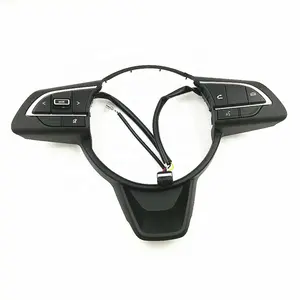Exploring the diverse range of steering wheels on Alibaba.com reveals a spectrum of advanced options tailored for various vehicles. Among these, the flat steering wheel with a wood finish offers a classic aesthetic, blending traditional design with modern ergonomics. Customization takes center stage with personalized steering wheels, available in materials like suede, catering to individual preferences for tactile feel and grip. Leather steering wheels are prominent, featuring additional functionalities such as integrated buttons, enhancing both control and convenience for the driver.
The selection extends to sportier designs, where carbon fiber steering wheels provide a lightweight yet sturdy option, favored for their durability and sleek appearance. These steering wheels are designed not only for visual appeal but also for performance, often incorporating features like motion dial switches for dynamic driving experiences. For those seeking a luxurious touch, wood steering wheels compatible with high-end models are also available, offering a sophisticated interface between the vehicle and the driver.
In terms of technological integration, some steering wheels are designed to complement modern fleet systems, enhancing the overall functionality of the vehicle. These advanced steering wheels are crafted to fit seamlessly into various models, ensuring compatibility and a refined driving experience. The variety available on Alibaba.com caters to a wide range of vehicles, from classic models to the latest releases, ensuring that every driver can find a steering wheel that suits their vehicle's specifications and their personal style.





































 浙公网安备 33010002000092号
浙公网安备 33010002000092号 浙B2-20120091-4
浙B2-20120091-4